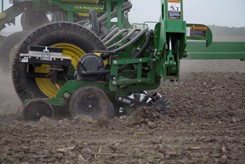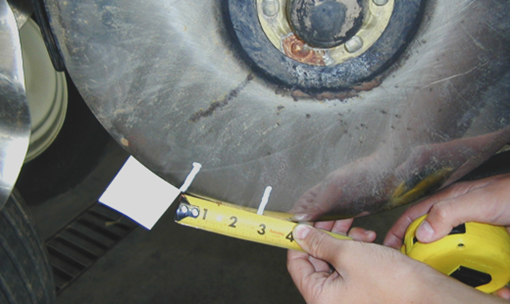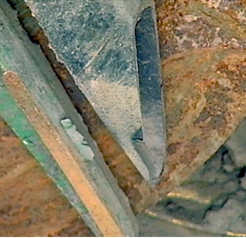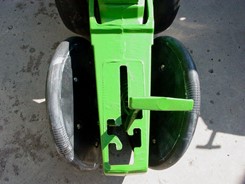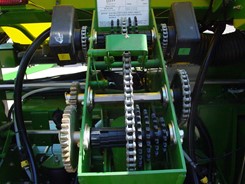Perform a safety check on all planting equipment to make sure lights and signals work properly so you don’t risk accidents when moving from one farm or field to another. Ensure that all farm equipment has the appropriate slow moving vehicle signage. Clean windows to ensure operators can see clearly. Ensure the hitch pin is secure and safety chain is attached, especially for road travel.
__________
Authors: Laura Sharpe1 and Mark Jeschke2
1 Agronomy Information Consultant
2 Agronomy Research Manager
The foregoing is provided for informational use only. Please contact your Pioneer sales professional for information and suggestions specific to your operation. Product performance is variable and depends on many factors such as moisture and heat stress, soil type, management practices and environmental stress as well as disease and pest pressures. Individual results may vary.
February 2022








